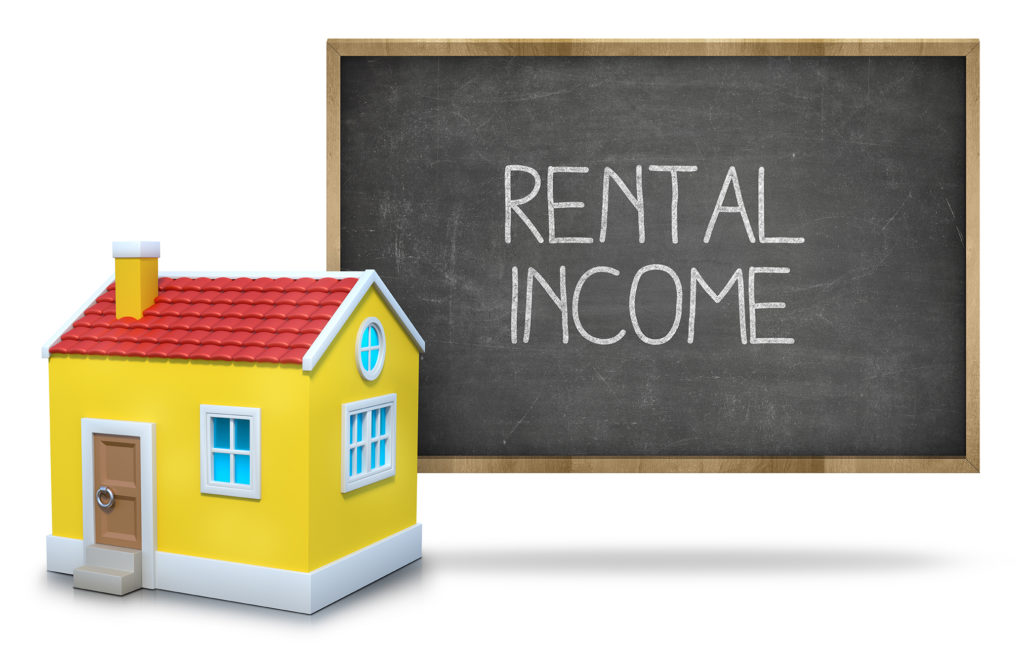With rents rising and a surplus of tenants are landlords going to be able to call the shots for the foreseeable future?
Landlords have been exiting the rental property market in large numbers in recent years. Many have been discouraged by what they perceived as an unfavourable tax environment that offers the prospect of diminishing returns as well as greater regulatory burdens.
Yet recent industry updates would appear to signal that market conditions are offering a brighter outlook from their perspective. However, as always dark clouds are never too far off and remain on the horizon.
The rental landscape right now
News that will please our landlords insurance clients is that the pace at which rents are rising is at a 13-year high, with demand soaring by 76% since 2022.
The average rental asking price in the UK has jumped to a new record as demand races ahead of available properties on the market, The Telegraph reported.
Experts are calling this ‘the most competitive rental market ever recorded’, attributing it to an ‘ongoing mismatch’ between demand and the number of properties available to rent. Tenant demand has only risen by 6%, but the number of available properties has fallen by 50% over the past year. It’s easy to see why a problem has emerged.
It’s an uncomfortable truth for renters and a favourable terrain for landlords. With more than triple the number of tenants enquiring compared to the number of rental properties available, landlords can take their pick of potential tenants.
There isn’t one specific reason for this, but some believe it’s largely because tenants are signing longer leases. This has meant that less stock is available when people would typically love for somewhere else to live. Also a number of landlords have sold their properties due to the higher tax implications of owning multiple properties in the UK. Therefore a proportion of these once let flats and houses have been removed from the rental market.
Although strong rental demand is leading to uplifts in average rental rates a number of threats remain for landlords. The cost of living crisis will be causing many tenants significant financial difficulties. Landlords wishing for rents to rise inline with inflation will increase the potential risk of rental payment defaults as a direct result. At the same time interest rate rises will be making borrowing more expensive and increasing the cost of mortgage payments.
Plan Insurance can accommodate your Property Owners & Landlord Insurance needs. Just fill in our short call back form, and our professional brokers will be in contact to arrange your insurance.
Which areas are seeing the most significant rent increases?
In news that will surprise no one, London remains the least affordable city in the UK, with the average tenant currently paying £21,140 per year.
However, while London renters are paying the highest price to rent, those in the North West are seeing some of the sharpest rises in history.
On average, tenants in the North West currently pay £10,500 per year in rent. This cost could be set to increase by £1500 by next year.
The East of England could be set to see the third-largest hike in the annual cost of renting, climbing to a total of £13,500 per year.
In the South West, this increase in annual rental costs is estimated to hit £800. Estimates predict that renters in the South East and East Midlands will be required to pay over £700 more a year in rent.
While those in the North East stand to see the lowest increase in renting costs, forecasts suggest that the average annual cost of renting in the region could still climb by £617 in just 12 months.
A spokesperson from rental platform Ocasa said, ‘Despite a rather unsettled rental market landscape’, the average UK tenant is still paying over £1000 more a year than 12 months ago.
Is a change on the horizon?
Many believe things weigh heavily in the landlord’s favour right now, but there is a sign of balance being restored. There has recently been an increase in rental properties coming onto the market.
Property company Knight Frank’s analysis of the UK market shows that rent rises are tempting landlords back into the market. The number of buy-to-let mortgages issued in the 12 months to February this year was the highest figure since 2016.
The total was 275,600, which included 159,100 re-mortgages as investors ventured into a sector that many had left as a result of increased taxes and red tape in recent years.
With more properties on the market as a result of landlords seeking to capitalise on these increased rental yields, the balance between supply and demand could become more even in the not-too-distance future.


